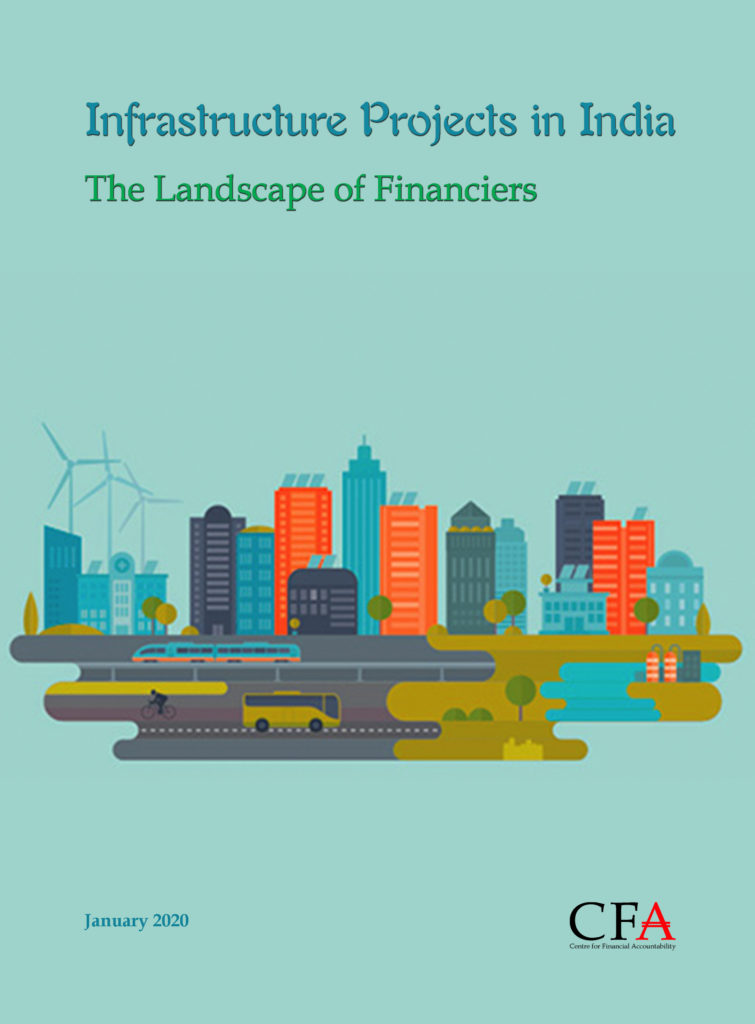This mapping document looks at infrastructure sector in India, its basic concepts, estimates by the Government of India, the World Bank (WB), Asian Development Bank (ADB), International Finance Corporation (IFC), Asian Infrastructure Investment Bank (AIIB) and others regarding the funds required to invest in India’s infrastructure sector, as well as some of the current financing trends such as Public-Private Partnerships (PPPs) and Hybrid Annuity Model — that are being recommended as a part of policy changes to implement infrastructure projects as well as the allocations made by the government for the infrastructure sector and also the various agencies and institutions.
This document provides an overview of the operational and financial mechanisms of some of the significant ongoing and proposed infrastructure programs like Smart Cities Mission, Industrial Corridors,
Dedicated Railway Freight Corridors, Inland Waterways, Bharatmala and Sagarmala Programme. It also maps several projects financed by International Financial Institutions (IFIs) as well as bilateral agencies providing support to these mega projects in the country.
It maps infrastructure projects financed by IFIs such as the WB, ADB, AIIB, IFC as well as bilateral agencies like Japan Bank for International Cooperation (JBIC) and Japan International Cooperation Agency (JICA) across various sectors in India. It includes investments in sectors such as transport, roads and highways, metros, electric vehicles, smart cities, waterways, water, industrial corridor, urban, power plants, transmission lines and distribution systems, solar parks, housing, climate resilience, railway freight corridor, port expansions and others.
The mapping document shows that increasingly the investments by these institutions/ agencies are to the financial intermediaries such National Investment and Infrastructure Fund (NIIF), IFC Emerging Asia Fund, India Infrastructure Fund, India Infrastructure Finance Company Limited, Tamil Nadu Infrastructure Fund Management Company Limited and others.
The mapping document details the sector-wise investment trends which are given a push through the investments from the MDBs and bilateral agencies. Though the amounts given might look small in comparison to the overall project expenditure estimates and the long timelines for infrastructure projects. Nevertheless, these investments look to provide the initial capital to conceptualise projects and build a credible pipeline of such projects to attract private investors.
The MDBs and bilateral agencies also intervene in policy spaces to influence the policies that could have an impact on the investments in specific sectors.
The document and the mapping exercise are work in progress. We intend to keep updating this document whenever we get more information on the projects, their implementation, financiers and financing mechanisms.

